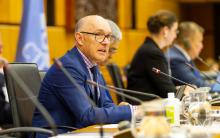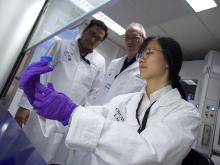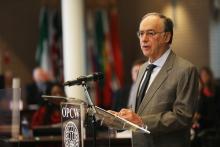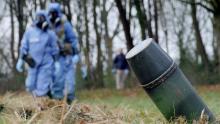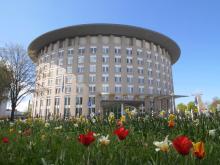The International Day Against Nuclear Tests 2025: Remembering the Legacy, Renewing Our Commitment to a Nuclear-Test Ban
By prohibiting nuclear test explosions, the Comprehensive Nuclear-Test-Ban Treaty transformed decades of aspiration into a shared commitment.
Ending Nuclear Testing to Advance Global Peace and Security
While the Comprehensive Nuclear-Test-Ban Treaty has already helped advance the nuclear non-proliferation and disarmament agenda, we must remain vigilant. The proliferation of nuclear weapons and the threat of their use continue to pose unacceptable risks to humanity.
All Stakeholders Have a Role to Play in Ridding the World of Chemical Weapons
The process of destroying chemical arsenals declared to OPCW will soon be completed. However, current global events have underscored that preventing the re-emergence of chemical weapons is on an agenda that will remain open forever.
The Legacies of Armed Conflict on Lasting Peace and Development in Latin America
As a result of successful peace talks in Colombia, chances run high that, by the end of 2016, Latin America will be free from armed conflict for the first time in over 55 years.
The United Nations and Disarmament Treaties
The very first resolution of the General Assembly of the United Nations, in January 1946, addressed the problems raised by the discovery of atomic energy. Despite civil society's efforts, led by scientists and women's peace organizations, leaders of the United States and the Soviet Union rejected measures to curb nuclear ambitions.




